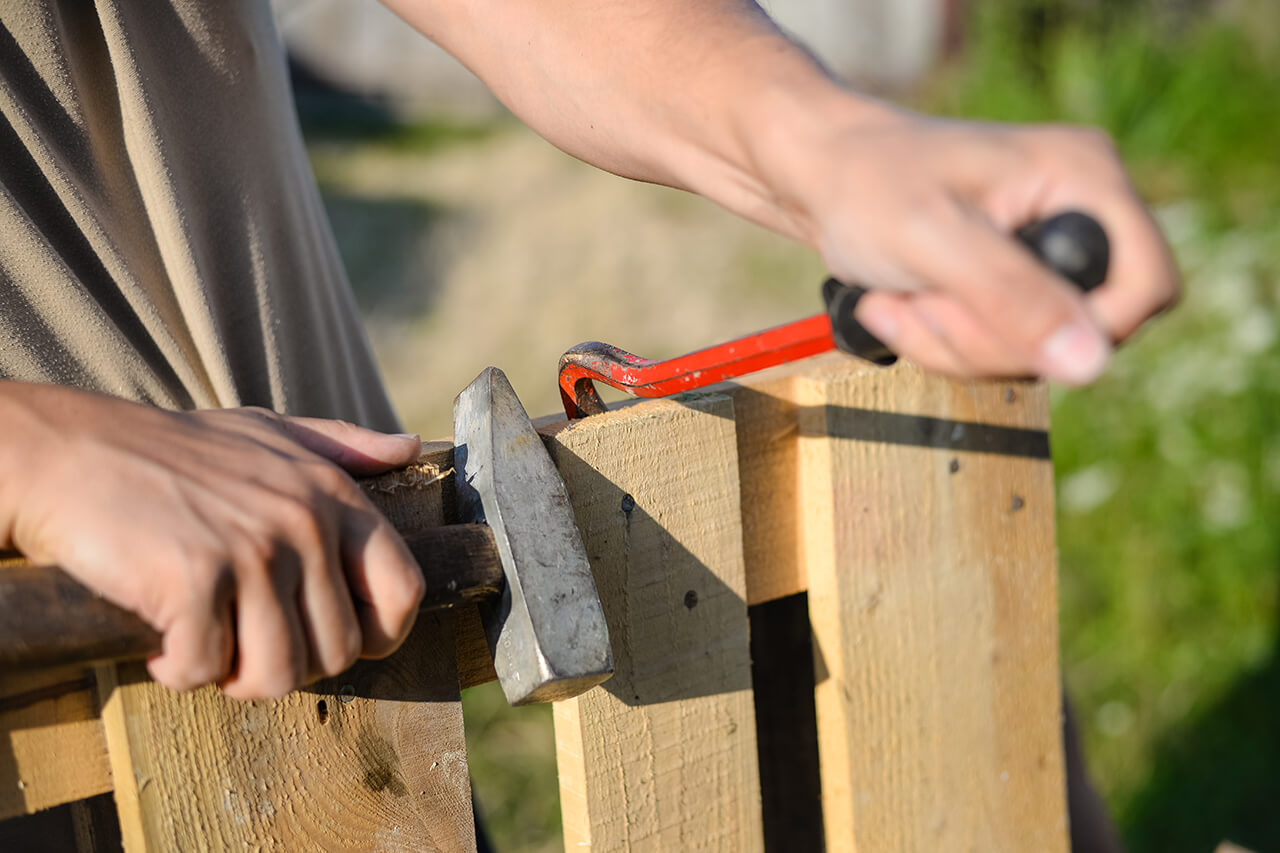Nelson Global Handyman
Nelson Global Handyman
Nelson Global Handyman is a locally owned and operated company that values honesty and integrity in all aspects of our business. Our dedicated team of professionals have years of hands on experience, to provide innovative ideas and suggestions tailored to your projects. Our services are customized to your individual needs, paying close attention to the details of each project that we are involved with. Please feel free to contact us today!
"Very secure, on time, and undependable."
Natasha . on August 2021
Nelson Global Handyman is a locally owned and operated company that values honesty and integrity in all aspects of our business. Our dedicated team of professionals have years of hands on experience, to provide innovative ideas and suggestions tailored to your projects. Our services are customized to your individual needs, paying close attention to the details of each project that we are involved with. Please feel free to contact us today!
"Very secure, on time, and undependable."
Natasha . on August 2021

















